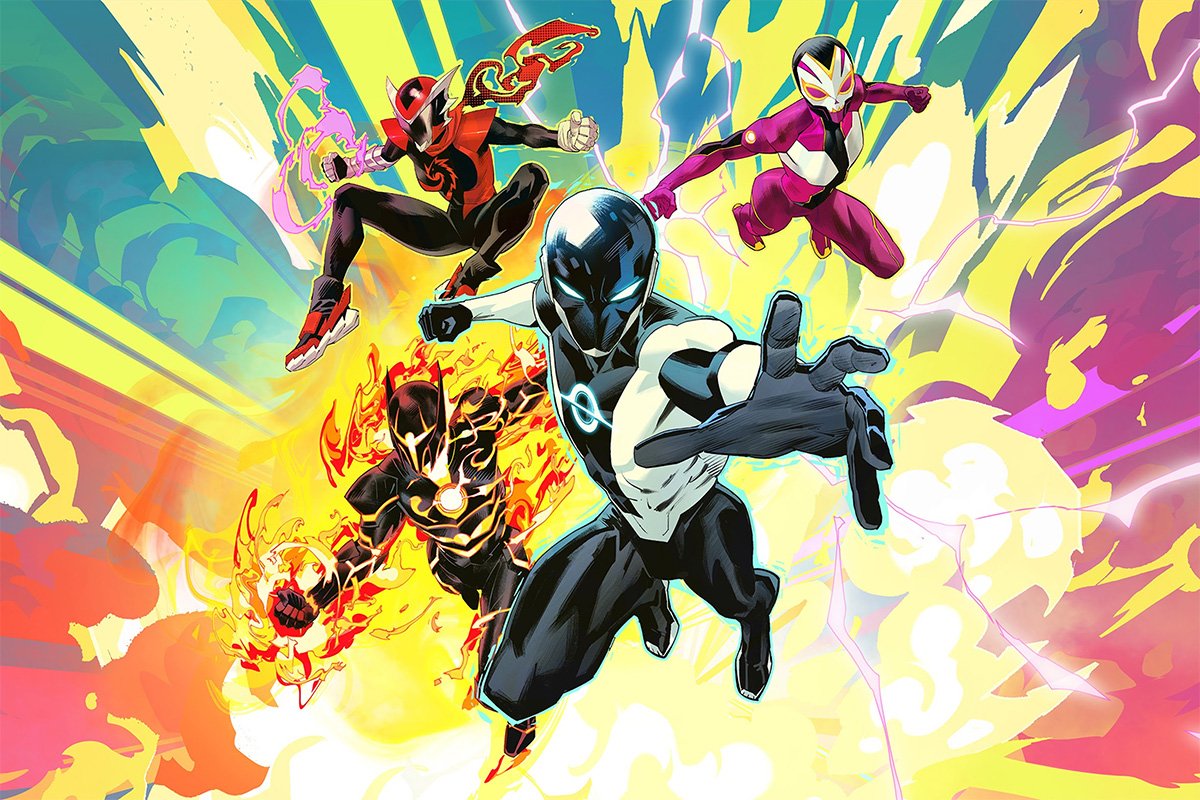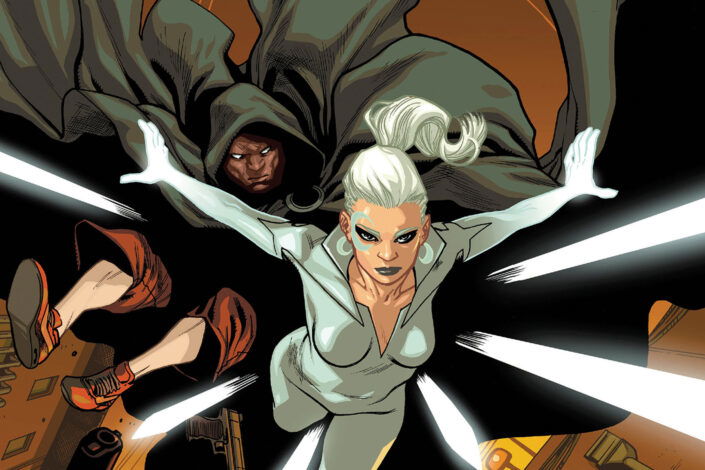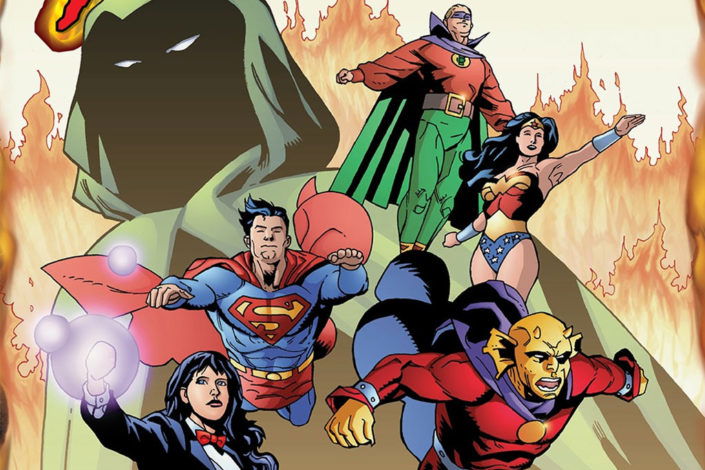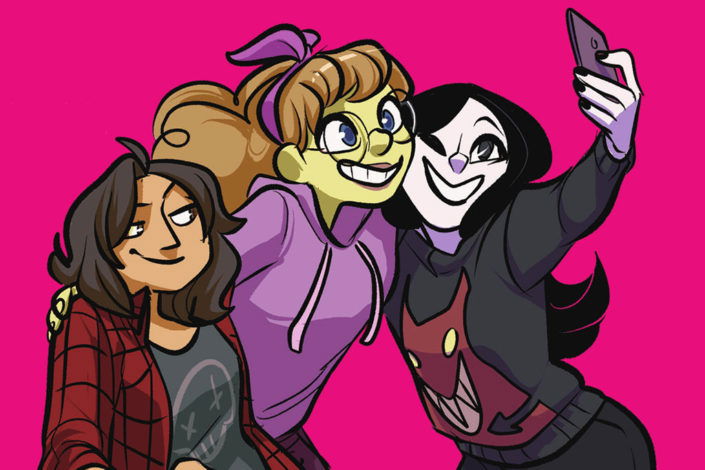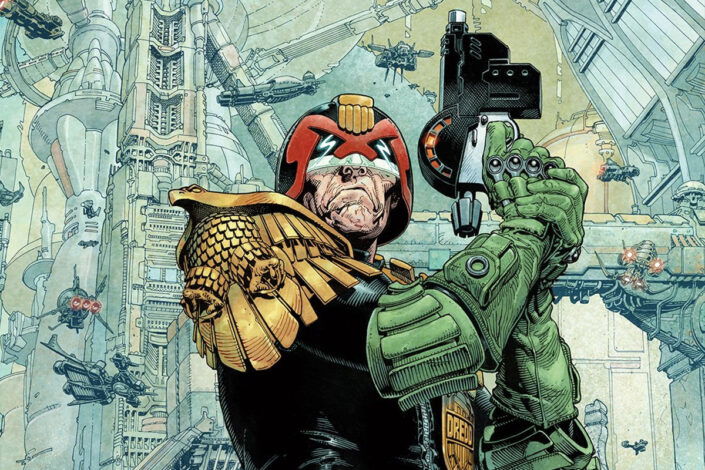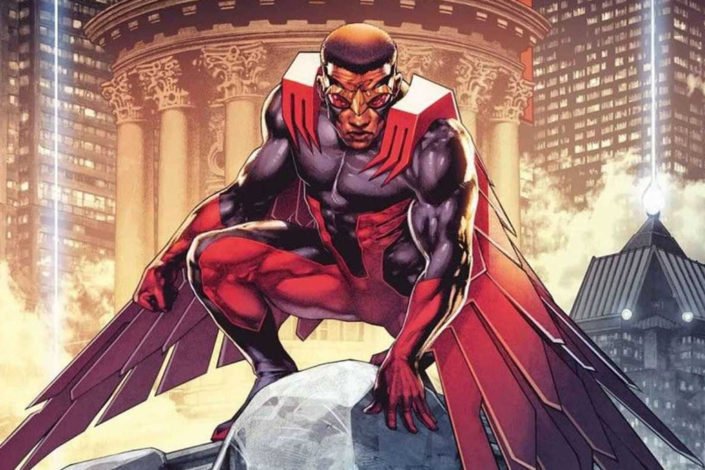Massive-Verse Reading Order (Image Comics)
It all started with Radiant Black. Written by Kyle Higgins and drawn by Marcelo Costa, Radiant Black is a comic book series published by Image Comics since 2021. Its success would launch a whole universe, known as the Massive-Verse! Today, we are here to write about this Superhero universe inspired by the Power Rangers!
What is the Massive-Verse?
The Massive-Verse is a shared universe of superhero stories that started with Radiant Black. The story introduced us to Nathan Burnett, a struggling writer who, after drinking with a friend, discovers a miniature black hole that gives him powers and a black-and-white costume! Now, Nathan must learn to use his new powers as the superhero Radiant Black while also learning about the mysteries surrounding the object that gave him his powers.
Black Radiant is the main series of the Massive-Verse that has expanded with several spin-off titles: Rogue Sun by Ryan Parrott, The Dead Lucky by Melissa Flores, Inferno Girl Red by Matt Groom, NO/ONE by Kyle Higgins and Brian Buccellato, Radiant Red by Cherish Chen, Radiant Pink by Meghan Camarena and Melissa Flores.
